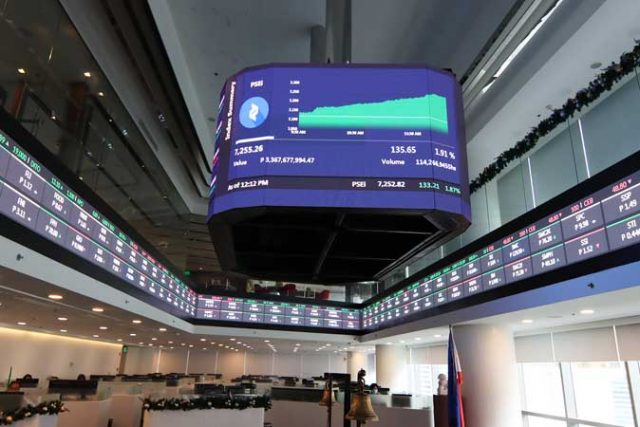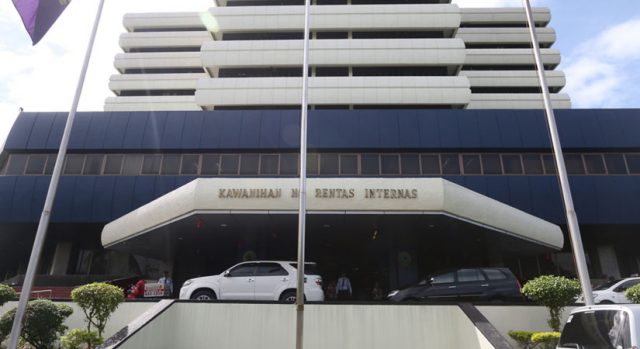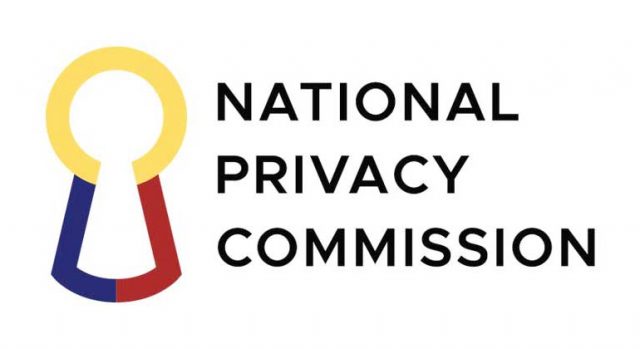Stocks drop as market corrects after sharp jump
PHILIPPINE shares went down on Thursday on as investors pocketed their gains from the recent rally and as the market corrected after its sharp increase on Wednesday.
The Philippine Stock Exchange index (PSEi) declined by 49.82 points or 0.72% to close at 6,791.87 on Thursday, while the all shares index lost 13.96 points or 0.33% to end at 4,104.02.
“Market went on profit taking today after moving up substantially yesterday in the absence of a catalyst,” Diversified Securities, Inc. Equity Trader Aniceto K. Pangan said in a text message on Thursday.
“It’s a healthy correction [because] the PSEi’s jump was too quick and too soon,” First Metro Investment Corp. Head of Research (FMIC) Cristina S. Ulang said in a Viber message.
“Right after the MSCI rebalancing implementation, actively managed funds jumped at the opportunity to bargain hunt on Philippine blue chips,” Ms. Ulang said, referring to the 30-member PSEi.
Meanwhile, investors were also buying on dips following the PSEi’s recent rally.
“The weaker hands and the tactical investors are now on taking profit while institutional buyers (foreign buying returning) are looking inspired by the not-so-bad double-digit first quarter PSEi members’ earnings growth tally,” Ms. Ulang added.
Most sectoral indices closed in the red on Thursday except for mining and oil, which gained 222.36 points or 2.38% to 9,542.48; and industrials, which improved by 6.59 points or 0.07% to finish at 9,094.37.
Meanwhile, property went down by 42.79 points or 1.25% to 3,377.71; holding firms shed 57.66 points or 0.83% to close at 6,829.76; financials declined by 2.04 points or 0.14% to 1,445.29; services inched down by 1.13 points or 0.07% to end at 1,520.56.
Value turnover surged to P18.78 billion on Thursday with 3.71 billion shares switching hands from the P9.51 billion with 1.9 billion issues traded on Wednesday.
Advancers outnumbered decliners, 114 versus 86, while 51 names closed unchanged.
Net foreign buying inched up to P1.89 billion on Thursday from the P1.82 billion logged on Wednesday.
Diversified Securities’ Mr. Pangan said he expects profit taking to continue “as inflation rate remains higher than the target BSP (Bangko Sentral ng Pilipinas) range of 2-4%.”
The Philippine Statistics Authority is set to release May inflation data on Friday, June 4.
Inflation likely remained unchanged for a third straight month in May as food prices generally stabilized amid the lockdown in the Philippine capital and nearby provinces, economists said.
A BusinessWorld poll of 17 analysts last week yielded a median estimate of 4.5% for May inflation, closer to upper end of the central bank’s 4-4.8% estimate for the month.
“Buying on dips will emerge anew and mitigate the PSEi’s weakness,” FMIC’s Ms. Ulang added. — Keren Concepcion G. Valmonte













